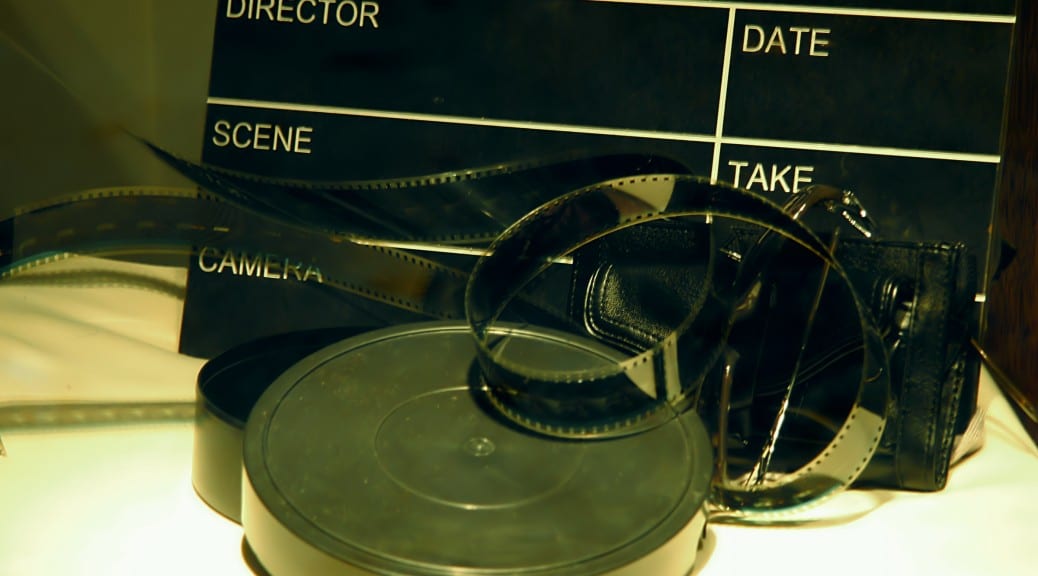Chairing or moderating sessions at a conference could be a task you come across when walking down the path of academia. Although it is often done by more senior researchers, there is a first time for everyone. Personally, I got the chance to experience this at an early stage in my career during the Aging & Society Conference at the beginning of November.
A couple of my fellow PhD students and early career research colleagues asked me how chairing a session goes. It is arguably one of those things that can be done in many different ways and I assume there are as much approaches for it as there are people doing it. However, in each of those approaches, punctuality and sticking to the allotted time are key to the efficient running of a busy conference.
Since it was my first time chairing, I tried to use the ideas below as guidelines. For the sessions I chaired, presenters had a 20 minute timeslot to present and all questions were asked at the end of the session during a joint 15 minute discussion. Apart from the items listed, there are of course smaller, more subtle things one can do to guide the discussion; this is far from an exclusive list.
- Being available in the presenting room 10-15 minutes prior to the start of the session: checking the equipment and availability of water for the presenters.
- Introducing myself to the presenters and check if everyone is in the correct room.
- At the start of the session, indicating the ‘theme’ of the session. Explaining how the session will be structured: how much time do they have to present?; that signs would be shown when they had five minutes left, again when there was one minute left and finally when the presentation had to end; that questions would only be asked in a joint discussion of 15 minutes at the end of the session.
- Downloading the presentations to one computer, if possible, to enable a smooth transition between the presenters.
- Asking the presenters how they would like to be addressed, including how to pronounce their name and affiliation.
- Asking the presenters whether there is anything they would like to be questioned about if questions do not naturally emerge from the public.
- Introducing the first speaker and his/her affiliation, start timer when the presenter begins.
- Before going to the joint discussion, remembering the ‘theme’ of the session and giving a brief recap of the presentations in the light of this theme.
- Facilitate questioning. When questions do not come naturally from the audience, bringing your own questions, comments, etc.
- If time is scarce during the question and answer round, indicate when you are going to go to the last question for this discussion.
- Not allowing presenters to change the timeframe of the conference programme.

